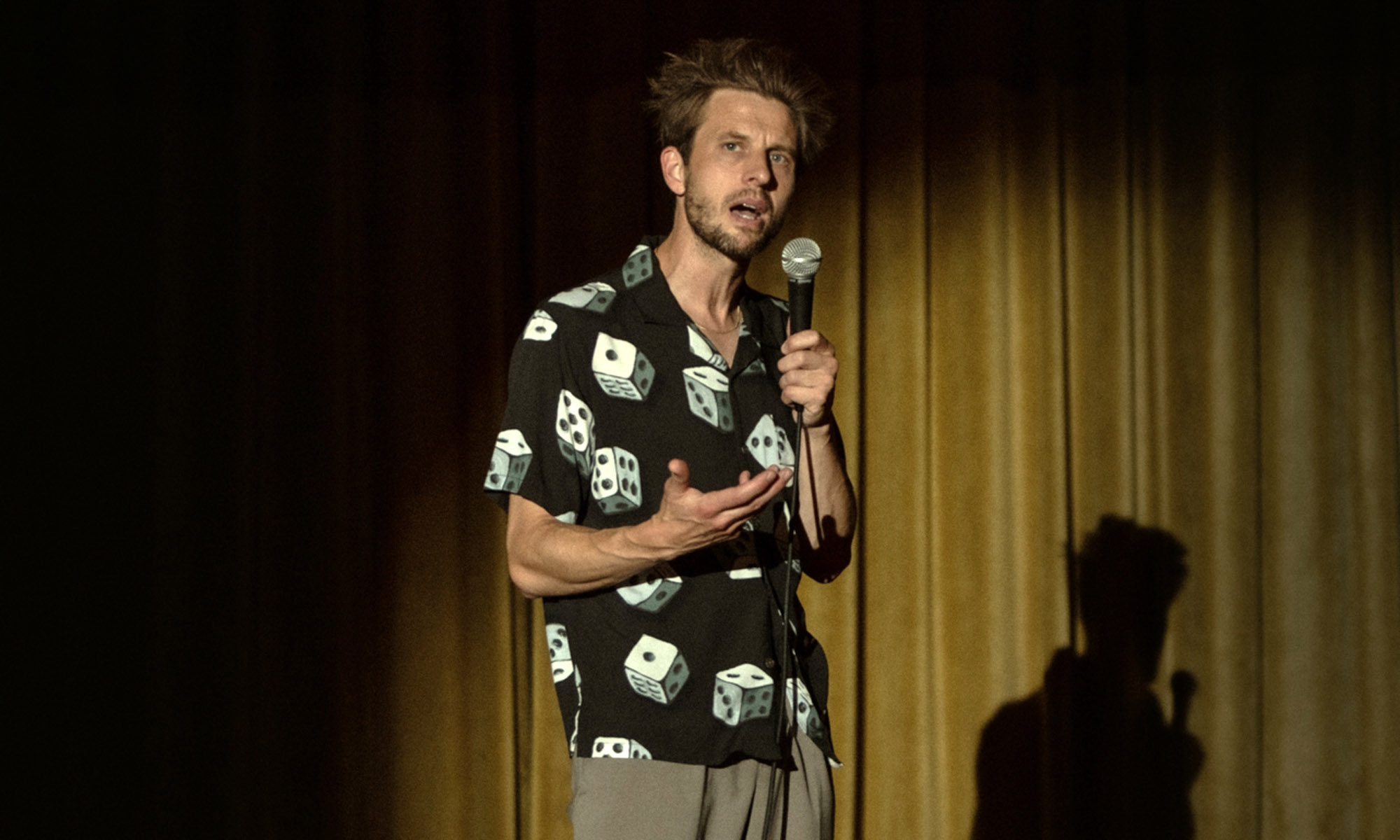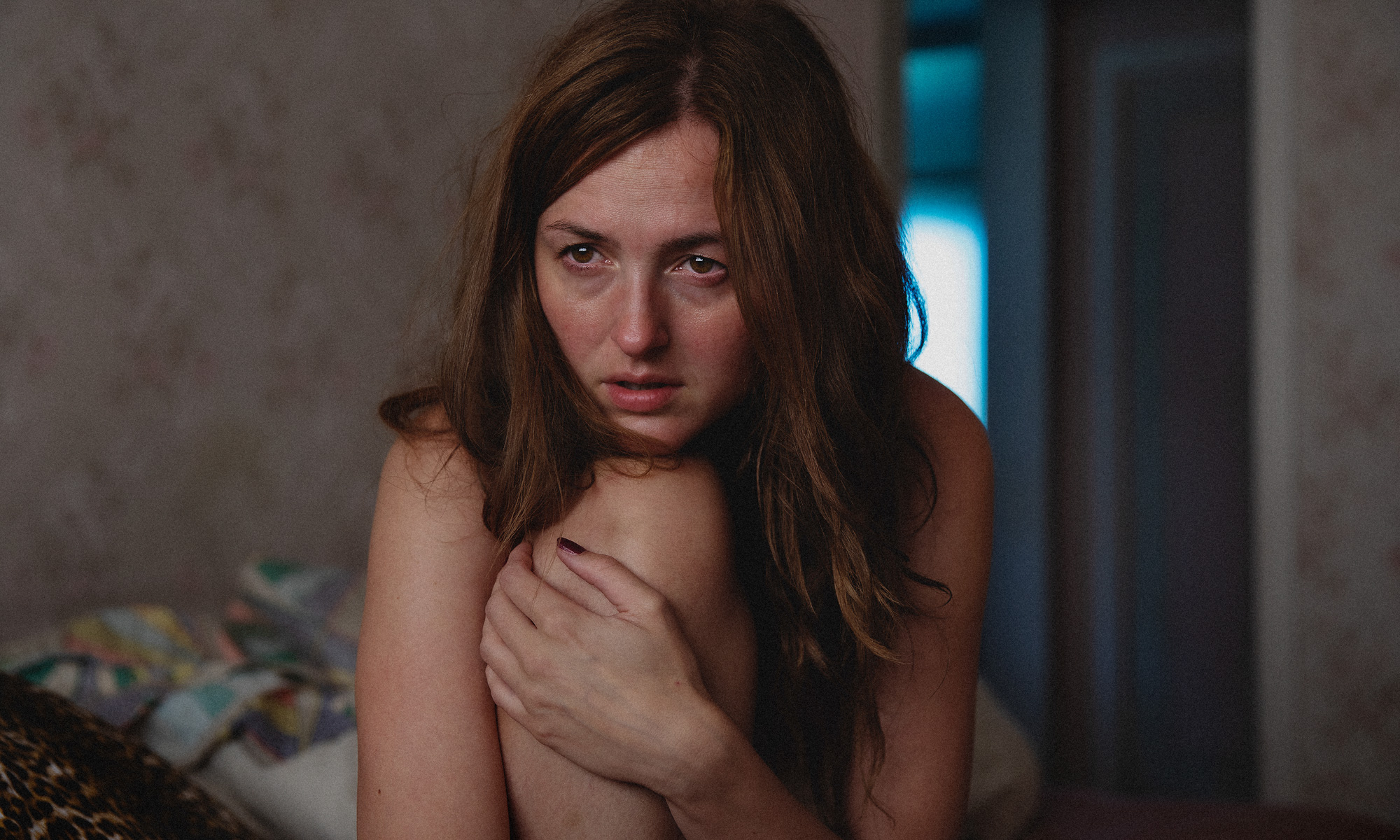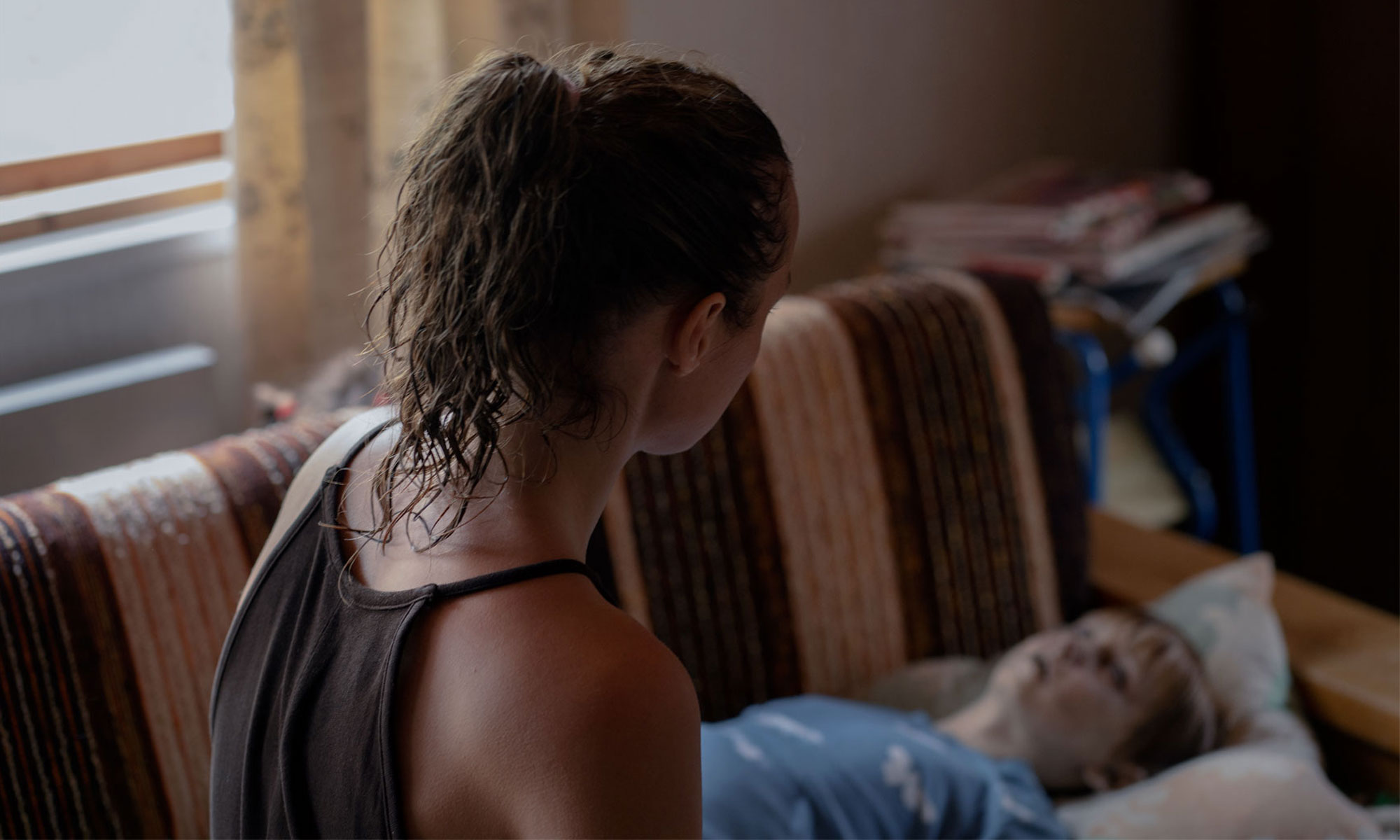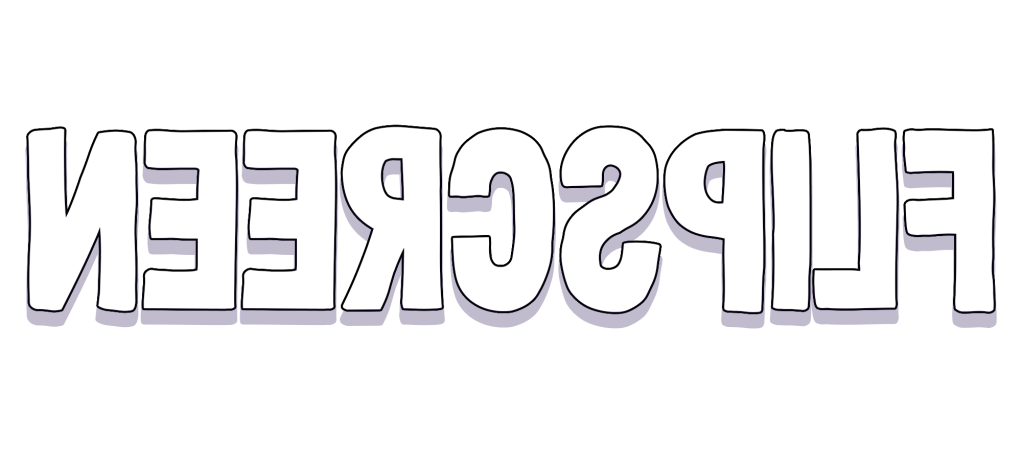“A tasteful albeit aching exploration of the irrationality of grief”
Even though filmmakers have long utilised horror elements to explore grief, the story unravelling in Handling the Undead (original title: Håndtering av udøde) feels wholly unique in its exploration of what happens when the undead reunite with their grieving loved ones in the middle of a hot Oslo summer. Based on a novel of the same name by acclaimed Swedish author John Ajvide Lindqvist, Handling the Undead is Norwegian director Thea Hvistendahl’s first fiction feature. Hvistendahl, who has directed several music videos and short films throughout her career, marked her feature debut in 2017 with the experimental hybrid film The Monkey and the Mouth (original title: Adjø Montebello) about the Norwegian rap group Karpe Diem. With a screenplay by Hvistendahl and Lindqvist, the film is less preoccupied with offering a gory spectacle and more interested in exploring the predicaments that arise when the undead return, as told through three parallel stories.
In an apartment, Mahler (Bjørn Sundquist) and his adult daughter Anna (Renate Reinsve) struggle with their daily routine after the death of Anna’s young son. Evident by the untouched Saran wrapped plates of food left in her refrigerator, Anna’s mental health is deteriorating despite Mahler’s best efforts to help and comfort her. In another part of the capital, elderly woman Tora (Bente Børsum) attends the funeral of her recently deceased partner Elisabet (Olga Damani) to say a final goodbye. While these two families have already had their loved ones taken away, the last family has yet to experience their trauma when viewers meet them. After Eva (Bahar Pars) suffers a fatal accident, she leaves her partner David (Anders Danielsen Lie) and their children (Inesa Dauksta and Kian Hansen) in complete distress.

As a strange power outage occurs—characterised by distorted electronic sounds, car alarms going off, murmurations in the sky, and traffic lights blinking—the deceased come back to life to reunite with their perplexed family members. As might be expected, the characters all react differently—some with fear and protectiveness, others with uncertainty and scepticism. Hopeful Mahler is very protective of his grandson, while Anna is slightly more hesitant to believe the situation as she’s already struggling in her everyday life. David is left in limbo and can’t comprehend what his wife has turned into or how to explain it to their children, while Tora can’t imagine living without Elisabet and thus tries to return to normal when she shows up in their home. As the story unravels, the acting performances become more convincing and organic, and each actor accurately captures their respective character’s inner turmoil and how it changes from beginning to end. Out of them all, Reinsve is especially prominent in how she embodies the contrasting feelings of the emotionally exhausted Anna.
Although the word “zombies” is never uttered, the film takes place in a world where they are part of the culture, as briefly seen in a video game. Even though their depictions vary, the deformed creatures are often portrayed as the enemy of the living. At first, things are blurrier in Handling the Undead. These hollow alternatives are mute carcasses with eyes open, and depending on when they died, their bodies are at varying stages of decomposition. While some humanity might exist beneath the rotten flesh—as evident when tears silently stream down Elisabet’s face when Tora embraces her—things will gradually turn more sinister.
Losing a loved one is overwhelming. Homes that used to be full of life suddenly feel foreign, and the sheer thought of trying to process the new reality feels impossible. Anyone who has ever experienced it knows the numerous unexpected ways sorrow can distort its victims, and the desperation to escape its imprisonment can force people to go to all sorts of illogical places to find relief. Ultimately, the film asks how willing people are to ignore the undeniable worrying complications only for a chance to see their loved ones again, and what their decision signifies for the grieving process. As the family members tenderly care for their newly reanimated loved ones, it becomes evident that there’s only so much they can do with such in-between creatures. No matter how greatly they are fed or nurtured, their spiritless state doesn’t change, and neither does the living people’s state of mourning. Handling the Undead is a tasteful albeit aching exploration of the irrationality of grief and the struggle of accepting the uncontrollable.

With minimal dialogue, Handling the Undead relies on visual storytelling and compelling use of sound to convey specific ambience and tone. The music by Peter Raeburn moves from electronic beats to melancholic arrangements featuring string instruments, and the sound design by Nils Viken toys around with sounds of irregular breathing and the snap of teeth— all to help convey the eerie feeling of the story. For any viewer who values evocative visual language, Handling the Undead is a treat. Shot on 35mm film, every frame is masterfully crafted and each transition feels fluid and coherent. Moreover, throughout the film, it’s impossible not to be impacted by the impending dread that haunts every frame. Pål Ulvik Rokseth’s observant camera trails the characters, simultaneously detached and intruding, as it captures the turmoil of their experiences.
Occasionally some captured moments almost feel too intimate, as if eavesdropping or invading someone’s privacy. It’s an eerie juxtaposition—using the camera to both stalk the characters and allow them space. The film’s foreboding feeling is heightened by these decisions, but also by the frequent use of long shots and how the camera lingers and stays in the moment without providing any relief through editing. It also succeeds in conveying its specific environment, whether through the inclusion of the camera hovering over large anonymous apartment complexes or a static shot showing an empty street only inhabited by abandoned shopping carts. The world depicted is bleak, getting increasingly more alarming as time goes on and reflecting the emotional state of mind of the characters. Even during daylight shots there’s darkness, and the film’s colour palette is dominated by dull greens, brownish-yellows, muted blues, and greys.

Despite its sparing use of the typical gruesome violence associated with other zombie films, Handling the Undead manages to linger long after its end. When something more explicitly horrific occurs on screen, it’s done with intention; for instance, to convey how a person is beyond saving. Consequently, these decisions only make the film feel much more potent. A lesser film would have automatically defaulted to using jumpscares and other gimmicks to leave an impression, but Hvistendahl proves that tension can arise just as uncomfortably from simply staying in a moment longer than usual.
Hvistendahl’s seasoned narrative feature debut is an alluringly creepy slow burn that overlooks conventional horror in favour of an atmospheric tale where the undead act as illustrations of grief. While Anna and Mahler’s story might organically appear to be the main focus—after all, the film begins and ends with them—every character acts as a puzzle piece that ultimately provides the viewer with a compelling and genuine portrait of the reality of trying to navigate loss. Handling the Undead is an uncanny exploration of not only how death consumes the living, but also how the living treat the undead and what those actions symbolise. Equally eerie, disturbing and heartfelt, the film is a grounded exploration of the human response to the unimaginable and about letting go in order to survive.
Director: Thea Hvistendahl
Screenplay: John Ajvide Lindqvist, Thea Hvistendahl
Producers: Kristin Emblem, Guri Neby
Cast: Renate Reinsve, Anders Danielsen Lie, Bjørn Sundquist, Bente Børsum, Bahar Pars, Olga Damani, Inesa Dauksta, Kian Hansen
Editors: Trude Lirhus, Thomas Grotmol
Release Date: January 20, 2024 (Sundance Film Festival, World Premiere), January 26, 2024 (Gothenburg Film Festival, European Premiere)


Leave a comment